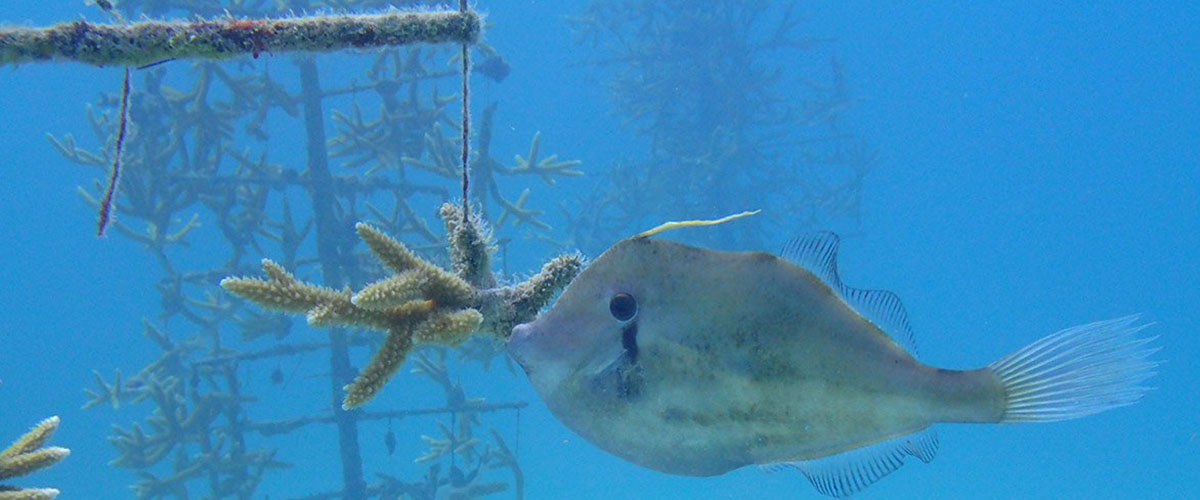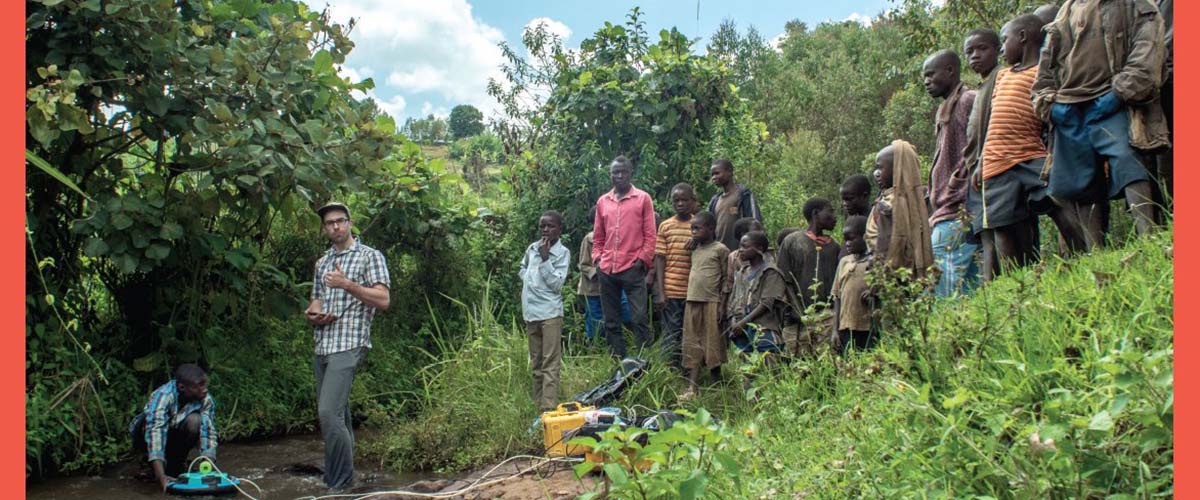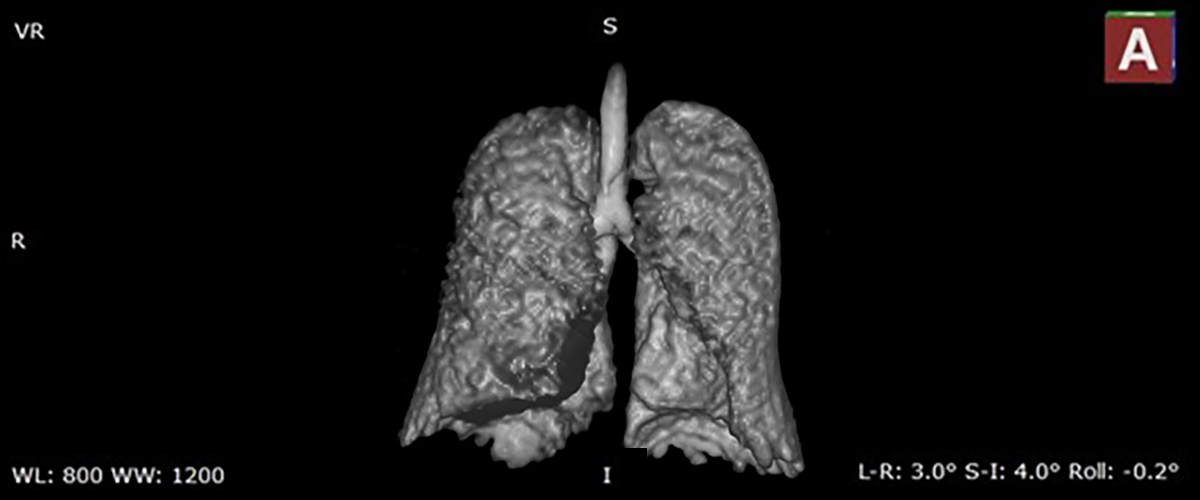What is science if not an organized group effort to wrest bits of knowledge from the clutches of nature — in other words, a data heist?
Granted: Science is still a legal endeavor (at least for now), while robbing banks or casinos can land you in the joint.
But think about it: A research project bears similarities to a well-planned heist. You need a mastermind (the principal investigator, or PI); muscle to do the work (grad students); one or two associates to lend their expertise (collaborators); and of course the all-important safe cracker to access the locked-away treasure (a data wrangler).
Like any good caper, a science project requires excellent planning, hard work, good timing and a little luck. But most of all, success depends on a talented, diverse and well-run team focused on one goal: Making off with the goods. For scientists, the loot comes in the form of insights into the innerworkings of our world.
This is the story of one such squad, led by marine scientist Andrew Wozniak. Its mark: The ocean's surface microlayer, which mediates the transfer of molecules from air to water. The crime scenes: Delaware Bay, the University of Delaware and the National High Magnetic Field Laboratory.
In this anatomy of a data heist, we look at what each crew member pitches in to pull off this marine science sting. Let's call this quartet of investigators Ocean's Four.
The Mastermind: Andrew Wozniak
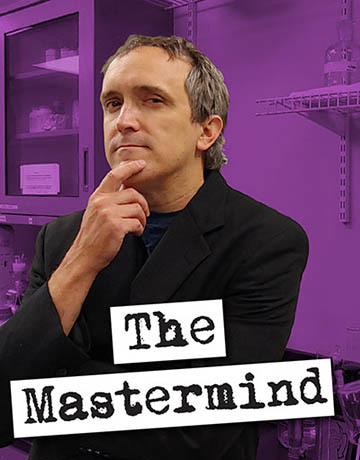
Title: Assistant professor, University of Delaware School of Marine Science & Policy
"A team that plays like a team is better and bigger than the sum of its parts, and utilizes the strengths of each team member in a way that they end up with better quality work."
As project PI, Wozniak is the boss. He came up with the idea, informed by his expertise in carbon cycling, aerosols and how molecules pass between sea and air.
One thing is certain: That path crosses the surface microlayer, the ocean's thin, skin-like veneer, which is both chemically distinct (more organic matter) and physically distinct (lower surface tension) than the water beneath.
"The layer between the ocean and the atmosphere controls the exchange of any materials that are coming into or out of the water," explained Wozniak. "That includes things like oxygen and carbon dioxide that can go in either direction, but also things like dimethyl sulfide, an important gas for the climate that is produced by biological organisms."
This microlayer plays a role in everything from air quality and climate to pollutant and carbon cycling. Yet much about its makeup and behavior remains a mystery.
"The basic questions that we're trying to understand," said Wozniak, "is: What controls the chemical composition of the surface microlayer? How do changes in the chemical properties change its physical properties? What does that mean for processes that exchange gases across the surface from the ocean to the atmosphere? And how does the change in the chemical composition affect really important processes that impact climate and carbon cycling?"
That's a lot of questions. To answer them, his team accumulated a lot of data, hoping to tease out the relationships between the chemistry, biology and surface tension of the microlayer and the underlying seawater. Their findings could help improve models of gas exchange, which plays a role in climate change and other processes.
But their ambitious plot needed money. As mastermind, it was up to Wozniak to find a way to bankroll his data heist. He reached out to the University of Delaware Research Foundation: They were in.
Wozniak also had to assemble his gang for the two-year project. On his list: an expert in marine microorganisms; an expert to crack the codes hidden in the haystacks of data they would generate; and, of course, someone who was eager, curious and driven enough to take on the brunt of the work.
The Muscle: Nicole Coffey
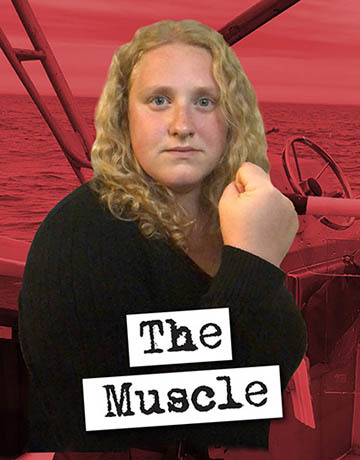
Title: Graduate student, University of Delaware School of Marine Science & Policy
"As a student trying to learn, there's so much you get out of being in a collaborative team. It helps you grow a lot more as a young scientist to have a team behind you as opposed to just one person. As brilliant as that one person might be, the multiple perspectives really help you grow."
Although Wozniak had the vision, connections and experience to get this heist off the ground, Nicole Coffey became the engine behind it. In fact, from day one the project was designed as a training ground for this science rookie, who completed her master's this summer before launching a Ph.D. in ocean and atmospheric sciences at Oregon State University. Her job was to do the lion's share of the work, from reading the literature to collecting samples on a sometimes cold, windy Delaware Bay, and from examining those samples in an ion cyclotron resonance (ICR) mass spectrometer at the National MagLab to piecing together what it all meant.
In short, her job was to become a scientist, in a school-of-hard-knocks kind of way. In grad school, obstacles are part of the process by design.
The low point for Coffey came while processing her MagLab data, which identified thousands of different compounds in each of her samples that required sorting and interpretation. And she needed to repeat this process for each of her nearly 100 samples.
"Having it be the first time I'm really dealing with this kind of data, and having it be that huge of a data set, has been intimidating for sure," Coffey said.
This spring, after spending several weeks on the task, she plotted some of the data to make sure it looked right.
It didn't.
Alarmed, she showed her results to Wozniak. As her advisor, he has tried to resist the urge to helicopter mentor. "I have to take a step back and let them find the story in the data, rather than tell them what the story is," he said of his students.
He confirmed that something was amiss, and suggested Coffey confer with chemist Amy McKenna, their inside woman at the National MagLab. An expert at operating the lab's ICR instruments and interpreting the data they crank out, McKenna quickly diagnosed the issue: Some of the compounds were misidentified.
It was an easy fix, but Coffey had to redo weeks of work just as COVID was bearing down. Although there was some collateral damage (one laptop bit the dust) Coffey powered through, grateful for the judicious guidance from the rest of the team. As a young woman in science, she was particularly inspired by the support of her senior female colleagues.
"I think it's just good to see other strong women in science," Coffey said. "It's like, 'Yeah, I can do this!'"
One of those women was Jen Biddle.
The Associate: Jen Biddle
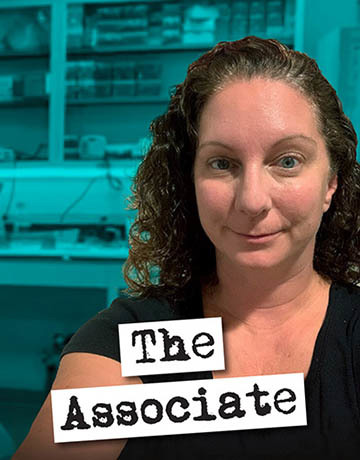
Title: Associate professor, University of Delaware, School of Marine Science & Policy
"It's very common for me to collaborate with chemists and geologists. It's one of the things that keeps me interested in science, and it's a way to make sure I stay out of my comfort zone."
Numerous factors, such as location and season, affect what's in the surface microlayer. Another factor: the critters that live there. To identify the bacteria and phytoplankton that Coffey scooped up in her samples, Wozniak recruited colleague Jen Biddle to his crew.
It was an easy collaboration for Coffey: She knew Biddle from the university's chapter for Women in Marine Science, which Biddle advises. A microbial ecologist, Biddle is an expert on the microscopic but important creatures floating atop the ocean, some of which are unique to the surface microlayer. A frequent collaborator with chemists and geologists, she was gung-ho to initiate the gang into the finer points of her trade.
"One of my goals in my career is to make sure that we do environmental microbiology the right way," Biddle said.
Biddle showed Coffey the right way to collect samples: freeze her catch immediately, filter out the organisms, extract the DNA, send it off for sequencing. Then she helped Coffey untangle the data that came back. That was the hard part, requiring Coffey to learn computational biology, algorithms and custom software.
"One of the big concerns when you deal with this kind of data is that you have to know how to process it properly," Biddle said. "So I'm glad that we can provide the expertise."
Coffey's astute, interdisciplinary mind made her a welcome accomplice, Biddle said.
"What we've had happen before is that a student comes to my lab and says, 'I want to do this,' and then we wind up doing all of the analysis and making them their figure and they stick it in the paper," she said. "This has been sort of an ideal team to work with because all I have to do is offer suggestions and opinions and then Nicole just runs with it."
But marine life was just one piece in Wozniak's master plan. His squad also needed to know what else was floating in the surface microlayer. To achieve that goal would require the best tool in the world for that kind of analysis and an expert who, with the mental agility of a cat burglar, could infiltrate mind-boggling gobs of data and delicately pluck out the jewels.
The Safe Cracker: Amy McKenna
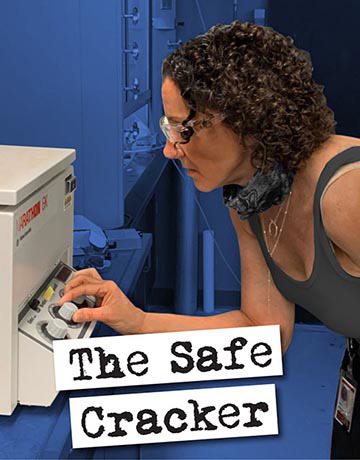
Title: Research Faculty, Ion Cyclotron Resonance (ICR) Facility, National High Magnetic Field Laboratory
"The perfect team is that one that has done their homework."
Amy McKenna has collaborated with hundreds of outside researchers over the years. In fact, that's pretty much her job. She's the bridge between the mastermind's brain and a jumble of data that, to the uninitiated, is as impenetrable as a bank vault.
The National MagLab houses dozens of powerful magnet systems that scientists from around the world use to study all kinds of samples. McKenna often works with the lab's 21-tesla ICR magnet, the strongest of its kind in the world. It generates exceptionally detailed, precise data on the chemical composition of complex substances.
Some researchers send their samples — everything from crude oil to biochar and from groundwater to proteins — to the lab for in-house scientists to test. But some, like Wozniak and Coffey, make the trip to Tallahassee in person for the unique chance to operate the world-record instrument under the guidance of experts. McKenna led them through their experiments, introducing Coffey to the nuances of high-field ICR.
"From an education standpoint it's important that you understand where the data is coming from," said McKenna. "I can explain a lot of things to them that are happening during the data acquisition, and they can actually see and learn on the fly."
Still, their two days of data collection was the easy part. Interpreting it, as Coffey came to find out, was another ball of wax. The ICR instrument can detect every molecule in a sample by its unique weight. So when your sample has thousands, or even tens of thousands, of different compounds, finding the parts that matter can be like spotting one particular Benjamin in a suitcase of unmarked bills. But with years of experience, McKenna can glance at a mass spectra and pick out the relevant compounds.
"That is the major challenge, and that is something the MagLab has in place," Wozniak said. "They've been doing this for a long time. They've got their protocols and their systems, and they can streamline all that for you."
McKenna is just as confident in Wozniak's mastermind competence. He and his team had their data ducks in a row before coming to the MagLab: microbial composition, salinity, pH, dissolved organic carbon and surface tension. It's only after thoroughly analyzing samples using other techniques, McKenna explained, that you can successfully interpret the vast amount of data you get from ICR. Otherwise, it's like trying to open a lock with the numerals in the wrong sequence.
"If you start with the ICR, you're working backwards," she said. "What made Andrew's team so great was they already understood everything they possibly could about this system before diving in and looking at it molecule by molecule."
Wozniak's team may not have marched out of the place with $160 million, but their well-planned, carefully executed data caper would have made Danny Ocean proud.
Photo illustrations by Caroline McNiel
Story by KRISTEN COYNE




